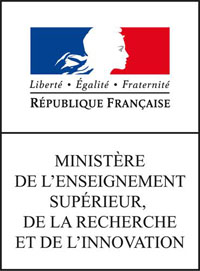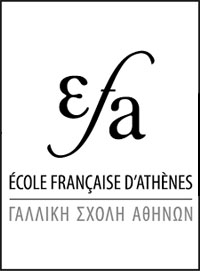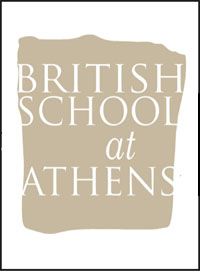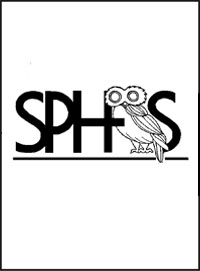NIKOLEIKA - 2007
Informations Générales
Numéro de la notice
427
Année de l'opération
2007
Chronologie
Mots-clés
Nature de l'opération
Institution(s)
Toponyme
Notices et opérations liées
20072020
Description
Nikoleika. E. Kolia (Στ' ΕΠΚΑ) and A. Gadolou (National Museum) report on continuing excavation (2004, 2006 onwards) of a Geo temple on the land of A. Komninos and P. Karachaliou. The site lies W of the Kerynites river, ca. 400m inland from the hill of Kallithea or Psoriarou (on which LH IIIA−LH IIIC tombs are known) and probably in the territory of anc. Helike (recent research has located remains of the city in the wider area).
The temple is apsidal, oriented E−W (apse to W), and with a semicircular porch at the E end similar to that of the Temple of Artemis Aontias at Ano Mazaraki (Rakita). The building so far uncovered is 13.3m l. and 5.35m maximum w. Four tetragonal sandstone bases along the interior axis supported the wooden columns of the central colonnade: 4 square sandstone bases along the interior face of the S wall generally align with those of the colonnade and must have held the wooden supports to strengthen the walls and support the wooden frame of the roof. The walls are constructed with 2 outer rows of flat stones with smaller stones and earth between them, and presumably a mud-brick superstructure. Associated pottery dates the temple to the last quarter of the 8th Ct. The carefully worked sandstone blocks used in the construction of the porch stylobate indicate a slightly later addition. The addition of semicircular porches to the temples at Nikoleika and Ano Mazaraki indicates a harmonization of temple building and a move towards monumentalisation in LGeo−EAr Achaia.
In 2006, the E part of a tetragonal structure, built of layers of mud-brick, was revealed under the floor of the apsidal temple, in the centre of the building. According to the pottery, it probably came into use in the 1st quarter of the 8th Ct and continued in use until the construction of the apsidal temple. An associated burnt layer contained a great number of animal bone fragments (cooked or burnt) and many other finds: sherds mainly of cooking and drinking vessels (though other shapes were represented); items related to dining; and (the most numerous and characteristic find) terracotta wheels from chariot models. This altar confirms cult at the site over a long period, perhaps originating in the 9th or 10th Ct.
Pottery dates from the PGeo to EAr (950−675 BC). Terracottas include animal figurines, most probably from chariot models, dating to ca. 700 BC, plus fragments of at least 4 building models including a sloping roof decorated in impressed technique (ca. 725−700 BC). All the excavated examples belong to a general tradition of model construction developed in Achaia during the Geo period. All phases of Achaian local decorated pottery are represented, including the Thapsos style ware of which Achaia was one production centre.
The deity worshipped is tentatively identified as Poseidon: terracottas indicate a male deity linked to horses and chariot driving, and literary sources attest to an anc. cult of Poseidon Helikonios at Helike. Further research is required on this point.
Auteur de la notice
Catherine MORGAN
Références bibliographiques
Archaeologia 104 (2007), 71−73
Date de création
2009-11-30 00:00:00
Dernière modification
2023-10-03 08:49:19








